How Much Does a Uganda Safari Cost? | Complete 2026 Uganda Safari Pricing Guide
A journey through Uganda, the “Pearl of Africa,” is an experience that transcends adventure and becomes a soulful connection with nature itself. This is the land where the Nile begins its eternal journey northward, where gorillas move through emerald mist in ancient forests, and where the rhythmic drums of Africa echo across savannahs alive with elephants, lions, and antelope herds. Yet, behind the dream of embarking on a Ugandan safari lies a very practical question that every traveler asks: How much does a Uganda safari cost?
The answer is both simple and complex — simple in that costs can be broadly estimated, but complex in that prices vary widely depending on duration, destinations, accommodation class, transportation, and the type of experience one seeks. Uganda offers a rare versatility: it can be explored luxuriously in opulent lodges or adventurously through budget camping safaris, and every version of the experience holds its own beauty and reward.
This in-depth guide dives deeply into every factor that influences Uganda safari costs, explaining the real value behind what you pay and helping you understand how to plan the safari of your dreams within your comfort range. By the end, you’ll see that a Ugandan safari is not a mere vacation purchase but an investment in an unforgettable encounter with one of Africa’s most unspoiled corners of wilderness.
Understanding the Structure of Uganda Safari Costs
Uganda’s safari pricing structure is shaped by multiple variables — the type of safari (luxury, mid-range, or budget), the duration of the itinerary, the parks visited, the mode of transport, and the time of year. Each of these influences not just the total cost but also the experience you will have.
A safari in Uganda is not a one-size-fits-all journey. It is tailored, crafted, and personalized. The same traveler who spends three days trekking gorillas in Bwindi may spend significantly less than someone who embarks on a two-week circuit covering Murchison Falls, Kibale, Queen Elizabeth, Bwindi, and Lake Bunyonyi.
Beyond duration and distance, pricing also reflects park entrance fees, permit costs, guide services, accommodation standards, meals, and logistical coordination. Because Uganda’s tourism model emphasizes sustainability and conservation, part of every safari cost directly supports local communities and wildlife protection — ensuring that tourism benefits not just the visitor but the land and people who make the experience possible.
Gorilla Trekking: The Pinnacle of Safari Cost
When most travelers think of Uganda, gorilla trekking immediately comes to mind. It is undoubtedly the most iconic and emotionally stirring experience the country offers — and also the most significant contributor to safari costs.
A gorilla trekking permit in Uganda currently costs USD 800 per person, which grants a single visit to one of the habituated gorilla families in Bwindi Impenetrable National Park or Mgahinga Gorilla National Park. This fee might seem high at first glance, but it is important to understand its profound purpose and value.
The cost of the permit funds the protection of the remaining mountain gorilla population, supports anti-poaching efforts, pays ranger salaries, and invests in community welfare programs for families living around the parks. It is a direct investment in conservation and sustainability.
For travelers seeking a deeper or extended experience, Uganda also offers the Gorilla Habituation Experience, which costs USD 1,500 per person. Unlike standard treks that allow one hour with gorillas, this experience grants up to four hours in the presence of a semi-habituated gorilla family, under the guidance of researchers and trackers. It is a rare and intimate privilege that few destinations in the world can match.
Incorporating gorilla trekking into a safari dramatically elevates overall costs, but it also defines the trip’s emotional and experiential core. Many travelers describe it as a once-in-a-lifetime encounter that justifies every cent spent.
Chimpanzee Trekking and Wildlife Permits
After gorillas, Uganda’s second major primate experience is chimpanzee trekking in Kibale Forest National Park, often called the “Primate Capital of the World.” The chimpanzee trekking permit currently costs around USD 250 per person, while the longer chimpanzee habituation experience costs USD 300 to 350 depending on the season.
Kibale offers travelers the chance to observe chimpanzees up close in their natural habitat, accompanied by the thrilling calls of colobus monkeys and the flutter of hornbills above. Similar chimpanzee tracking experiences are also available in Kyambura Gorge (Queen Elizabeth National Park) and Budongo Forest near Murchison Falls, usually at a slightly lower permit cost of around USD 100 to 130.
These permit fees are vital for wildlife management and forest preservation. Just as with gorilla trekking, they sustain local conservation projects and ensure the continued survival of Uganda’s rich primate diversity.
Park Entry Fees and Conservation Contributions
Every Ugandan national park is managed by the Uganda Wildlife Authority (UWA), which maintains a transparent pricing structure for entry fees. For foreign non-residents, entrance to most major parks costs around USD 40 to 50 per day. This includes Murchison Falls National Park, Queen Elizabeth National Park, Kidepo Valley National Park, and Lake Mburo National Park.
Bwindi and Mgahinga, due to their world-renowned gorilla populations, have slightly higher ecosystem management costs, which are reflected in the permit pricing rather than separate daily fees. These entry fees fund the maintenance of park infrastructure, ranger operations, and community conservation initiatives.
Though these costs may seem to accumulate across multiple parks, they are essential to preserving Uganda’s pristine wilderness for future generations — and travelers often find the quality of protection and exclusivity of experience well worth the contribution.
Accommodation Costs: From Luxury Lodges to Authentic Camps
Accommodation is one of the most variable factors in determining Uganda safari costs. The country’s hospitality landscape has evolved remarkably over the past decade, now offering options that cater to every style and preference.
Luxury safari lodges, often located inside or near national parks, provide exclusive experiences that blend opulence with immersion in nature. Prices for these range between USD 400 and USD 1,500 per person per night, depending on the brand, location, and amenities. Properties such as Sanctuary Gorilla Forest Camp, Kyambura Gorge Lodge, Apoka Safari Lodge, and Bakers Lodge set the standard for high-end comfort, offering private terraces, fine dining, spa treatments, and panoramic wilderness views.
For travelers seeking balance between comfort and affordability, mid-range lodges typically cost USD 150 to 300 per person per night. These lodges provide en-suite facilities, excellent meals, and proximity to park gates. They are often favored by small groups and couples who want quality without extravagance.
Budget travelers, on the other hand, can find excellent value in basic lodges and tented camps that cost USD 50 to 100 per night. Uganda’s tourism industry prioritizes inclusivity, ensuring that even the most affordable accommodations maintain cleanliness, safety, and local authenticity.
It’s worth noting that prices may vary seasonally, with peak months (June to September and December to February) commanding slightly higher rates due to increased demand. Booking early through established tour operators ensures access to the best rates and availability, particularly for gorilla and safari lodges.
Transportation and Logistics
Transportation within Uganda can significantly influence the total safari cost. The country’s parks are scattered across vast and varied landscapes, often requiring several hours of travel between destinations. Travelers can choose between road safaris and fly-in safaris, each offering distinct experiences and cost implications.
Road safaris are the most common and economical option, using 4×4 safari vehicles with pop-up roofs for game viewing. The cost of such transport, including a driver-guide, fuel, and park transfers, generally ranges between USD 150 and 250 per day per vehicle. The journey itself becomes part of the adventure, as travelers witness the changing geography and vibrant local life en route.
For those seeking comfort and efficiency, fly-in safaris offer domestic flights connecting Entebbe or Kampala to key destinations such as Bwindi, Kidepo, or Murchison Falls. Chartered or scheduled flights can cost between USD 250 and 500 per person per leg, but they save long travel hours and offer breathtaking aerial views of Uganda’s diverse terrain.
Transfers within parks — such as boat safaris along the Nile, the Kazinga Channel, or Lake Victoria — also add to the cost but greatly enrich the experience. A boat cruise typically ranges from USD 30 to 60 per person, offering unique perspectives of wildlife and scenery that are inaccessible by land.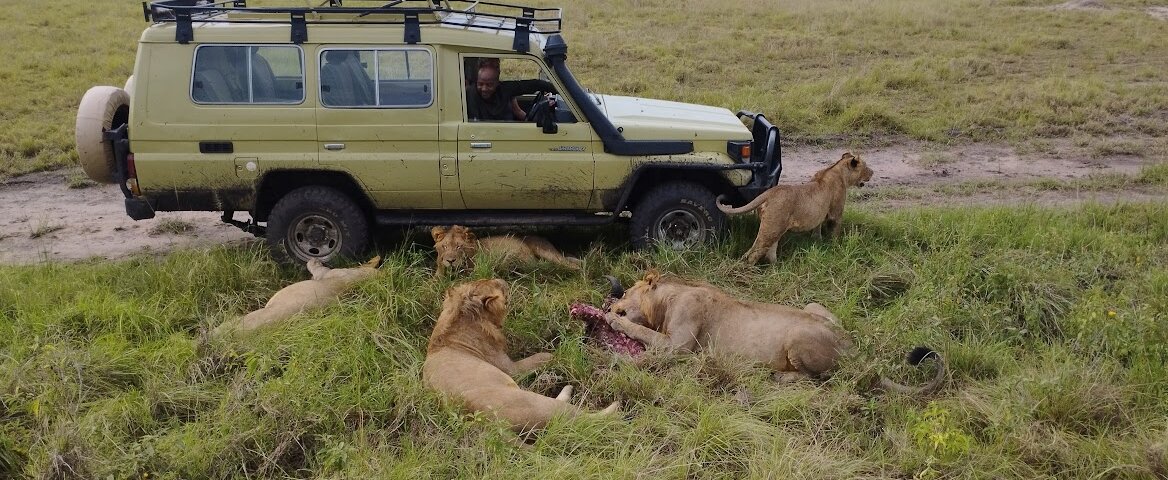
Duration and Itinerary Design
The length of a safari is one of the strongest cost determinants. Short itineraries, such as 3-day gorilla trekking safaris, can range from USD 1,500 to 2,500 per person for mid-range options, while luxury versions of the same trip may exceed USD 4,000.
A 7 to 10-day safari that includes gorilla trekking, chimpanzee tracking, and classic savannah safaris across multiple parks typically ranges between USD 3,000 and 7,000 per person, depending on the level of comfort and number of destinations.
For those seeking a comprehensive 14-day or longer safari, combining primates, big game, lakes, and cultural experiences, costs can rise to USD 8,000–15,000 for luxury arrangements. These extended trips often include domestic flights, private guiding, and tailor-made experiences such as cultural visits, crater lake tours, or Rwenzori mountain hikes.
Each added day represents more than accommodation and meals; it reflects the depth of immersion into Uganda’s landscapes and lifestyles — a longer safari allows slower travel, deeper cultural engagement, and richer wildlife observation.
Food, Guides, and Hidden Value
Ugandan safaris typically operate on a full-board basis, covering meals, guiding, and sometimes bottled water during game drives. The culinary experience has become an integral part of Uganda’s safari charm. From fresh tropical fruits and aromatic coffee to local dishes like matoke and groundnut sauce, every meal tells a story of place and people.
Professional safari guides form the heart of every journey. Their knowledge of terrain, wildlife behavior, and cultural context adds immeasurable value to the safari experience. Most safaris include guiding services in their pricing, and the quality of guiding in Uganda is exceptionally high — a reflection of the country’s emphasis on professionalism and conservation ethics.
Gratuities for guides, porters, and lodge staff are customary, usually at the traveler’s discretion. Though not mandatory, tips express appreciation for personalized care and often contribute directly to local livelihoods.
Seasonal Variations in Safari Costs
Like much of East Africa, Uganda experiences seasonal price fluctuations based on weather and demand. The dry seasons, from June to September and December to February, are peak safari periods with higher prices due to ideal wildlife viewing conditions and comfortable travel weather.
The rainy seasons, from March to May and October to November, offer discounted rates on accommodation and sometimes even gorilla permits. These “green season” safaris are particularly appealing to photographers and nature lovers, as the landscapes burst into life and fewer visitors mean more exclusive encounters.
Choosing the right season depends on personal priorities. Those who value perfect weather and abundant wildlife may favor the dry months, while travelers seeking solitude and cost savings will find great reward in the shoulder seasons.
Additional Expenses and Practical Considerations
Beyond core safari costs, travelers should plan for additional expenses such as international flights, visa fees, travel insurance, and optional activities. Uganda’s tourist visa costs USD 50, or USD 100 for the East Africa Tourist Visa, which allows travel between Uganda, Kenya, and Rwanda.
Travel insurance covering medical emergencies and evacuation is essential and varies by provider. Personal expenses like souvenirs, drinks, and gratuities add modestly to the budget but are generally minimal compared to overall safari costs.
Despite these extras, Uganda remains one of the most affordable destinations in East Africa for comparable experiences. Gorilla trekking here is significantly cheaper than in Rwanda, and overall safari costs are often 20–30% lower than similar itineraries in Kenya or Tanzania, without compromising quality.
The True Value of a Uganda Safari
A Uganda safari is not defined by price alone but by the value it delivers — the encounters, the emotions, and the purpose it serves. Every dollar spent contributes to more than just travel logistics; it supports a chain of impact that sustains ecosystems, uplifts communities, and preserves endangered species.
When you trek through the dense rainforests of Bwindi and lock eyes with a silverback gorilla, you realize that no cost can quantify the gravity of that moment. When you watch the sun set over the Nile as hippos grunt in the distance, or hear the haunting calls of a shoebill in the wetlands, the meaning of “worth” transforms.
Uganda’s safaris are priced not just for exclusivity but for authenticity. They promise intimacy with nature rather than mass tourism, substance rather than spectacle. The true worth lies not in how much is spent, but in how profoundly the experience changes the traveler.
Conclusion: The Cost of Adventure, the Value of Experience
The cost of a Uganda safari is as varied as the country itself — it can be designed for luxury seekers, nature lovers, or adventurous explorers, each discovering the same essence of Africa in their own way. Whether it is a brief gorilla trek or an extensive cross-country expedition, the investment is returned a hundredfold in memory, meaning, and magic.
Uganda remains one of the most authentic and rewarding safari destinations in Africa, offering exceptional value across all travel categories. From permits to lodges, from the sound of rain on a thatched roof to the laughter of children in a nearby village, every cost contributes to something bigger — conservation, connection, and continuity.
For travelers seeking not just a safari but an expertly curated journey that balances cost, comfort, and conscience, it is best to book their Africa tours and safaris with WildHorn Africa. With years of experience, local expertise, and a passion for crafting immersive adventures, WildHorn Africa ensures every safari is handled with care, precision, and a deep respect for Uganda’s heritage. The result is more than a trip — it is a lifelong story of discovery in the true heart of Africa.
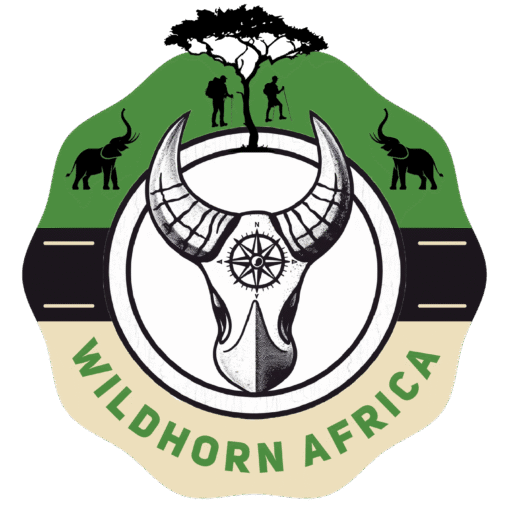

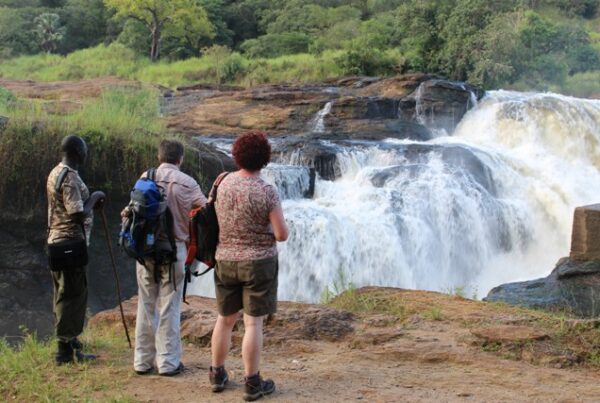
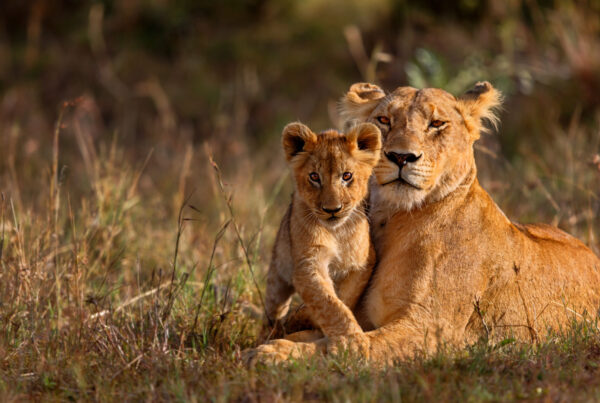
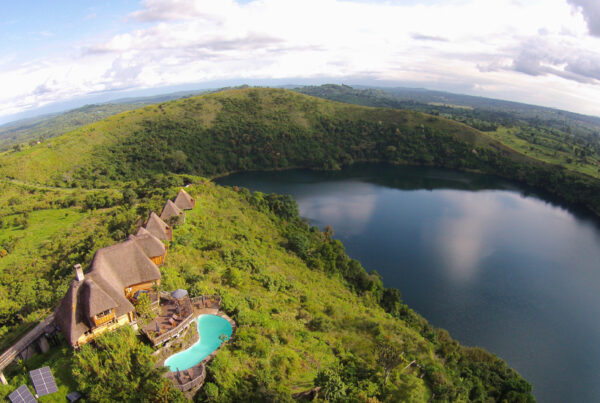
 WildHorn Africa – Authentic and unforgettable tours across Africa, guided by local experts who know the land, wildlife, and culture best.
WildHorn Africa – Authentic and unforgettable tours across Africa, guided by local experts who know the land, wildlife, and culture best.


